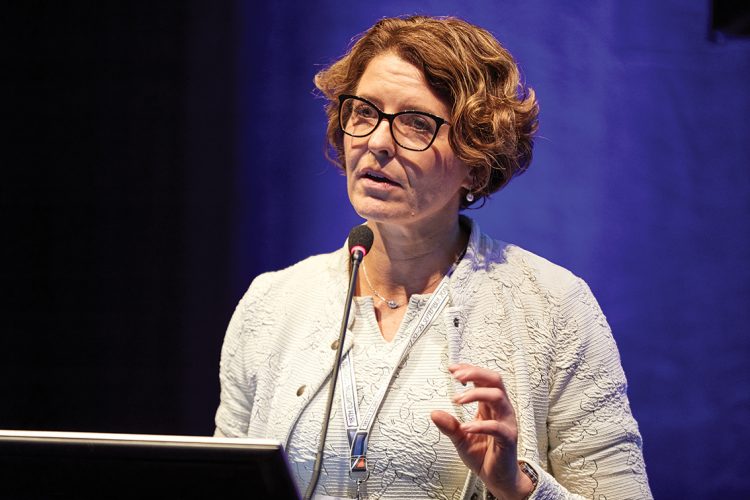Minimising the myopia epidemic
Modifiable risk factors in childhood could help to reduce high myopia.

Leigh Spielberg
Published: Monday, April 1, 2019
 Caroline Klaver MD
Caroline Klaver MD Modifiable risk factors in childhood could help to reduce high myopia.

Published: Monday, April 1, 2019
 Caroline Klaver MD
Caroline Klaver MD